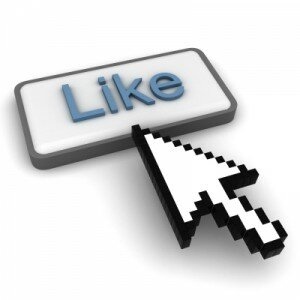How to optimize Facebook Timeline according to eye tracking research
 There have been several eye tracking research studies on Facebook’s user interface since it switched over to the Timeline layout. The new format has changed the way users view profiles and brand pages, meaning marketers need to reassess their tactics in order make the most of new behaviors. The following two studies were conducted by Eye Track Shop, an eye tracking company that uses webcams to conduct large user studies to measure the visual effectiveness of campaigns and Simple Usability, a market research company that uses eye tracking to conduct behavioral research.
There have been several eye tracking research studies on Facebook’s user interface since it switched over to the Timeline layout. The new format has changed the way users view profiles and brand pages, meaning marketers need to reassess their tactics in order make the most of new behaviors. The following two studies were conducted by Eye Track Shop, an eye tracking company that uses webcams to conduct large user studies to measure the visual effectiveness of campaigns and Simple Usability, a market research company that uses eye tracking to conduct behavioral research.
Timeline changes the way brands are seen on Facebook
This study conducted by EyeTrackShop compared visual behavior on the brand pages of several companies before and after the pages were converted to the Timeline format. Here is what they found:
- Ads are only seen 30-40% of the time on the new Timeline format, compared to 80% in the old pages format.
- The cover photo is looked at by 100% of Timeline viewers, replacing the Facebook wall which used to attract the most attention.
- Timeline photos with faces receive more attention than images without.
- The content of the Timeline itself is looked at last. Ads, navigation, and logos are typically looked at before either column of timeline content.
- The number of Likes on a page used to be almost completely ignored. Its new location toward the top center of the page gets this feature a lot more attention.
Find out more details or watch a video about this study here: Facebook Timeline Changed the Way We See Brand Pages: Here’s How
Making the most of Timeline for business
The eye tracking research by Simple Usability looked at the timeline pages of 6 major brands to determine where users looked, what distracted them, and what caused them to engage with a page. The following are some of their findings:
- Although most users see the cover photo, many have already been conditioned to expect advertising and don’t dwell on it for long before moving down to other content.
- Visitors are interested in the About section; however, they find it difficult to locate.
- The users where likely to interact with content and status updates that came from friends who also liked the same page. This box of friends receives considerable visual attention.
- The row of apps underneath the cover photo is often ignored except for the Photos.
The full results of this study can be found here:
So, what are the recommendations? Be sure to create engaging images and content that attract user attention. Educate users as they learn how to use the Timeline format, so they get the most out of a visit to your page. Finally, encourage interaction and sharing with friends, as this is something not only important to them, but valuable to your marketing efforts.
Image: FreeDigitalPhotos.net
Related articles:

